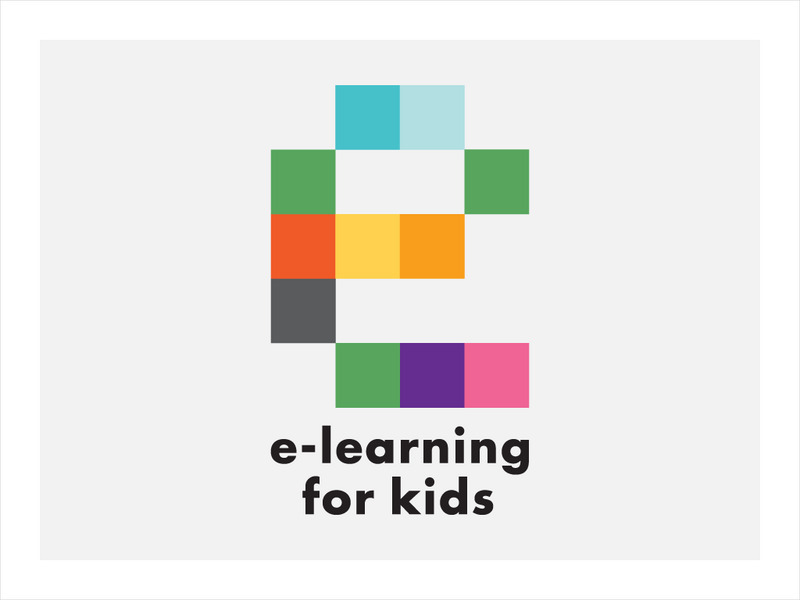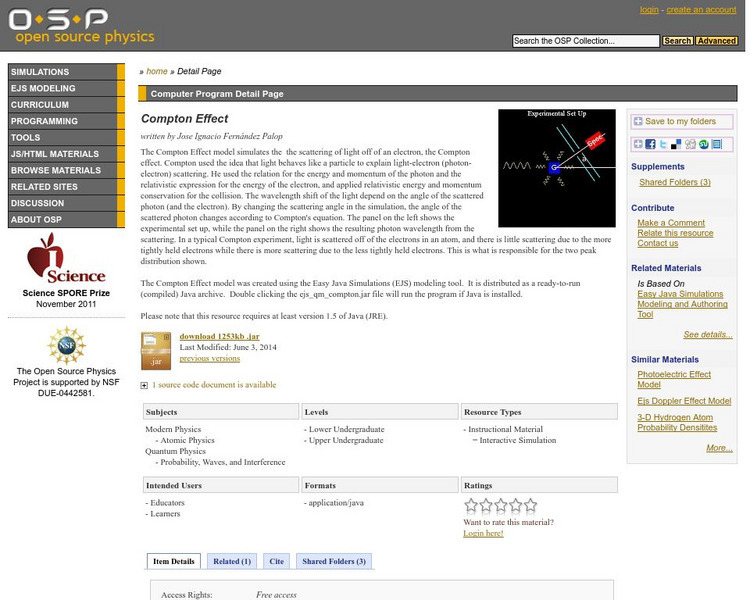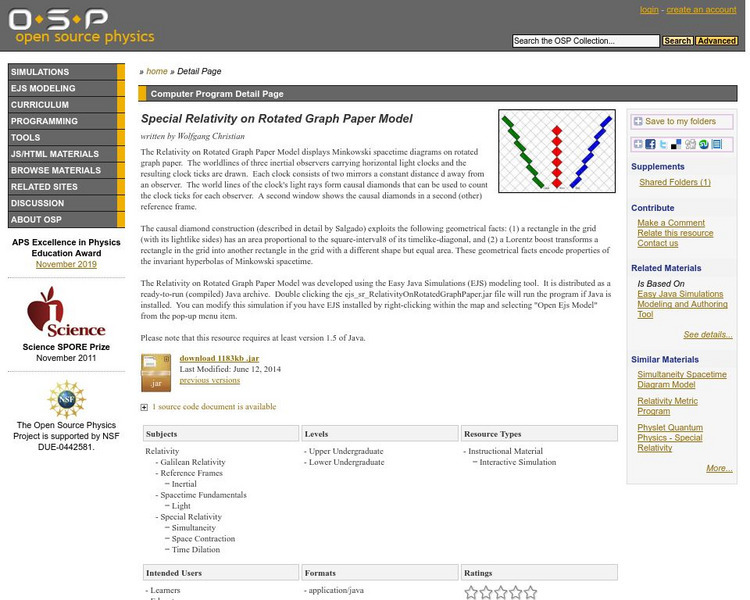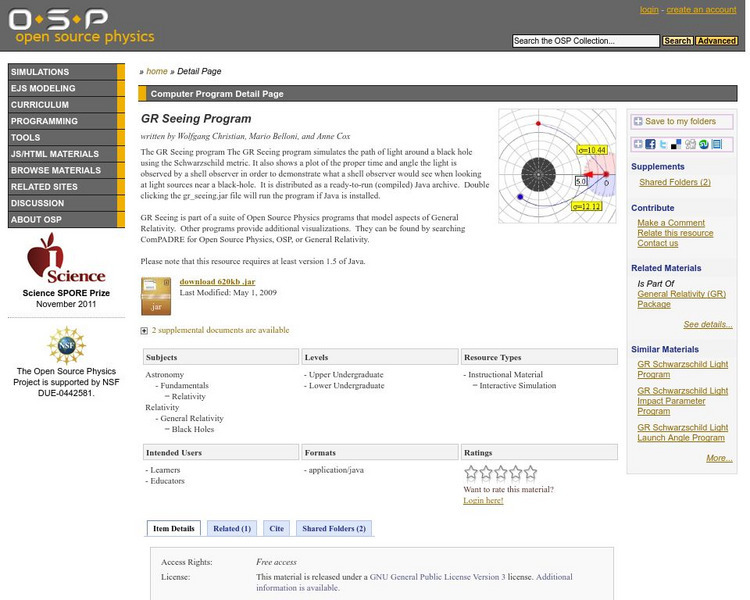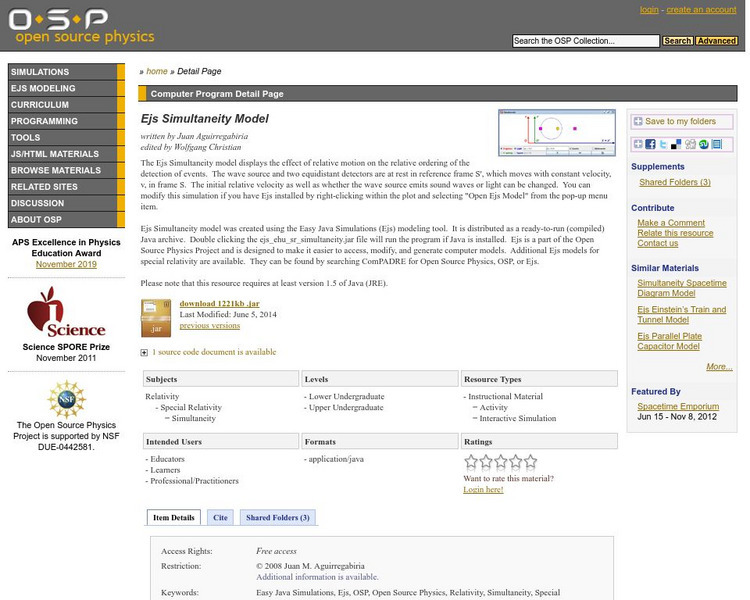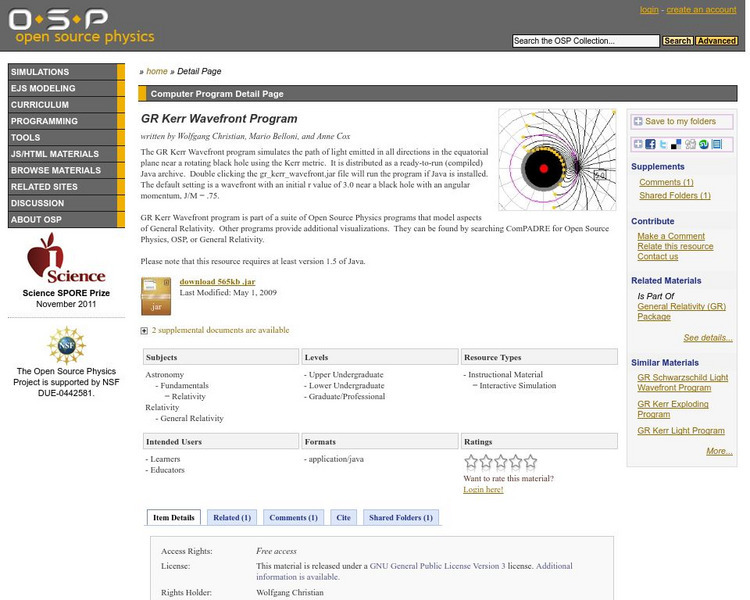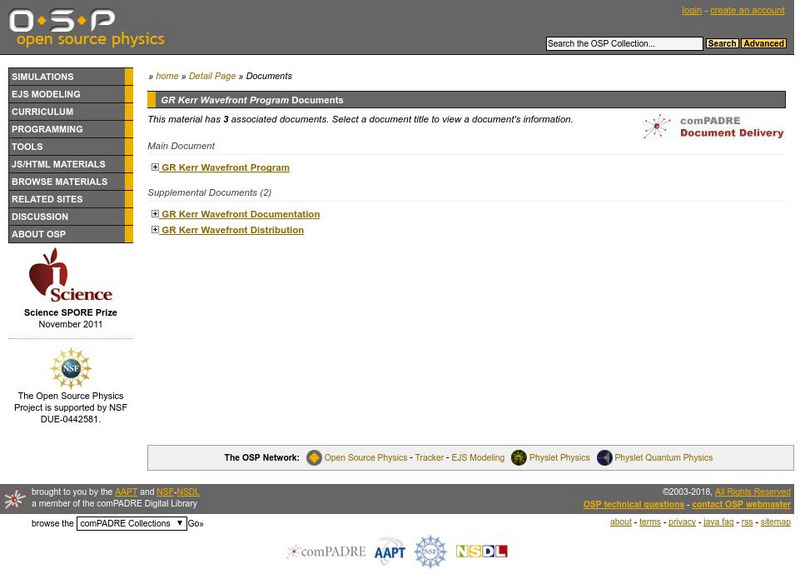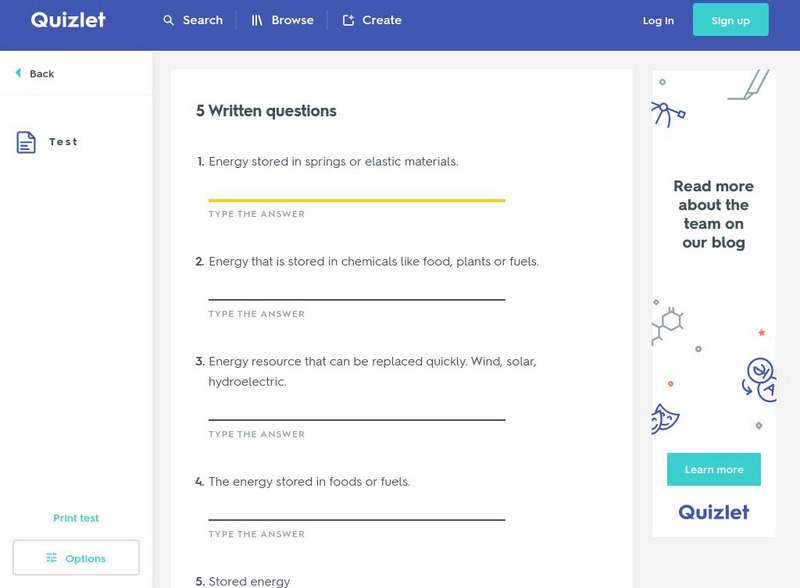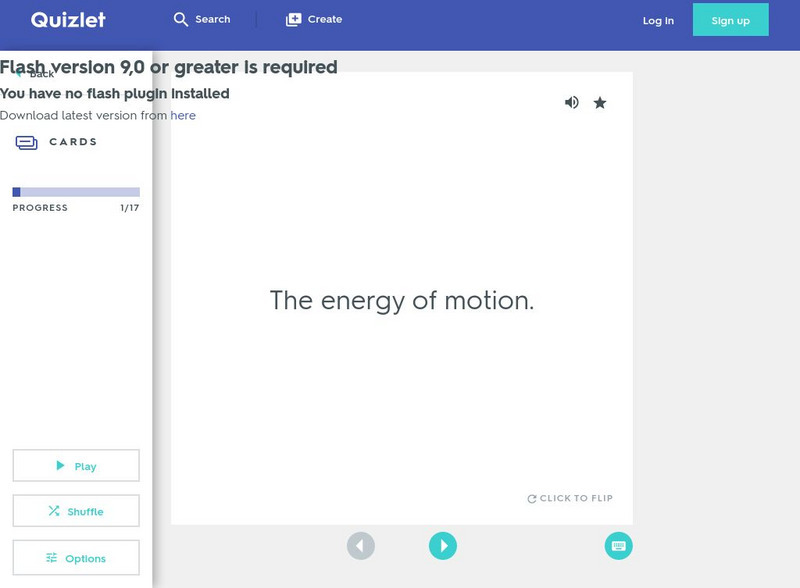Hi, what do you want to do?
E-learning for Kids
E Learning for Kids: Science: North Sea: Why Do We Need Light?
Frederik is doing experiments about light to find out how it helps people to see things.
E-learning for Kids
E Learning for Kids: Science: Antilles: What Are the Different Forms of Energy?
Students will learn about the different types and sources of energy, including heat and light, electrical, potential, and kinetic energy.
Exploratorium
Exploratorium: Science Snacks: Pinhole Magnifier
Explore properties of light by making a pinhole magnifier using simple materials and a light source.
Exploratorium
Exploratorium: Science Snacks: Shadows: The Shadow Knows
This science experiment helps students understand how the size of a shadow depends on the size of the object casting the shadow as well as the position of the light source and screen.
Science Education Resource Center at Carleton College
Serc: Investigating Light: A Form of Energy You Can See
Students will investigate how light is a form of energy that travels as waves away from the source. The basis for this lesson is taken from the Houghton Mifflin science curriculum. In the lesson experiments, students will predict if...
American Association of Physics Teachers
Com Padre Digital Library: Open Source Physics: General Relativity Schwarzschild
Visualization that uses the Schwarzschild metric, showing the orbit light travels near a black hole.
American Association of Physics Teachers
Com Padre Digital Library: Open Source Physics: Compton Effect
Simulation demonstrating the Compton Effect; how light is scattered off an electron. Adjust the angle of the scattering to see how Compton's equation can be used to predict the angle of the photon that is scattered.
American Association of Physics Teachers
Com Padre Digital Library: Open Source Physics: Special Relativity on Rotated Graph Paper Model
A representation of Minkowski spacetime diagrams using graph paper that is rotated, showing the world lines of three stationary observers with light clocks.
American Association of Physics Teachers
Com Padre Digital Library: Open Source Physics: Simultaneity Spacetime Diagram
Manipulate variables in order to observe the effects of relative motion on events such as an explosion and the time at which its light signal reaches a destination.
CK-12 Foundation
Ck 12: Physical Science: Sources of Visible Light
[Free Registration/Login may be required to access all resource tools.] Definition of visible light and what incandescence, luminescence and illumination are and how they occur.
Scholastic
Scholastic: Study Jams! Science: Energy, Light and Sound: Renewable Fuels
A slideshow and a short quiz on the different types of renewable energy sources.
Creative Science Centre
Creative Science Centre: Simple High Temperature Light Bulb Thermometer
A very simple electrical resistance thermometer is described that can be built, calibrated and tested in a school laboratory at virtually no cost. With it, flames, focused sunlight and other high temperature sources can be probed. The...
CK-12 Foundation
Ck 12: Fourth Grade Science
This customizable digital textbook covers topics related to fourth-grade science. It is Next Generation Science Standards (NGSS) aligned.
American Association of Physics Teachers
Com Padre Digital Library: Open Source Physics: Multiple Slit Diffraction Model
Simulation that shows the diffraction of light through single or multiple slits. Simulation allows modification of the number of slits, slit width, slit separation, and the wavelength.
American Association of Physics Teachers
Com Padre Digital Library: Open Source Physics: Gr Kerr Light Program
Using Kerr metric this simulation illustrates the path of light emitted from the equatorial plane near a rotating black hole.
American Association of Physics Teachers
Com Padre Digital Library: Open Source Physics: Gr Seeing Program
Using the Schwarzchild metric this simulates the path of light from a black hole also identifying specific time and angle of the light.
American Association of Physics Teachers
Com Padre Digital Library: Open Source Physics: Ejs Simultaneity Model
A model for examining the simultaneity of two events where the relative velocity and the wave source, either light or sound, can be manipulated.
American Association of Physics Teachers
Com Padre Digital Library: Open Source Physics: Gr Kerr Wavefront Program
Using the Kerr metric this simulation illustrates the directions of light emitted from an equatorial plane near a rotating black hole.
American Association of Physics Teachers
Com Padre Digital Library: Open Source Physics: Gr Kerr Wavefront Program
A simulation that uses the Kerr metric to show the distribution of light photon trajectories when near a black hole that rotates. Accompanied by explanatory documentation.
Quizlet
Quizlet: 6th Grade Science: Energy Vocabulary: Test
This interactive assessment features 6 matching, 6 multiple-choice, and 5 true/false question over 17 terms related to energy and their definitions. These include the following: Kinetic, Sound, Potential, Elastic potential, Chemical,...
Quizlet
Quizlet: 6th Grade Science: Energy Vocabulary: Match
In this interactive game, students match 17 terms related to energy with their definitions. These include the following: Kinetic, Sound, Potential, Elastic potential, Chemical, Gravitational Potential, Electrical, Light, Energy, Energy...
Quizlet
Quizlet: 6th Grade Science: Energy Vocabulary: Flashcards
This set of interactive flashcards focuses on 17 terms related to energy and their definitions. These include the following types of energy: Kinetic, Sound, Potential, Elastic potential, Chemical, Gravitational Potential, Electrical,...
Utah Education Network
Uen: I'm So Bright! I Wear My Shades Indoors!
This instructional activity engages students in learning about light through multiple sources. Students will learn how light is produced, reflected, refracted, and separated. Students will communicate their findings through an...
American Association of Physics Teachers
Com Padre Digital Library: Open Source Physics: Schwarzschild Light Launch Angle
Visualization that uses the Schwarzschild metric, showing the path light travels near a black hole depending on the angle of its initial launch.






